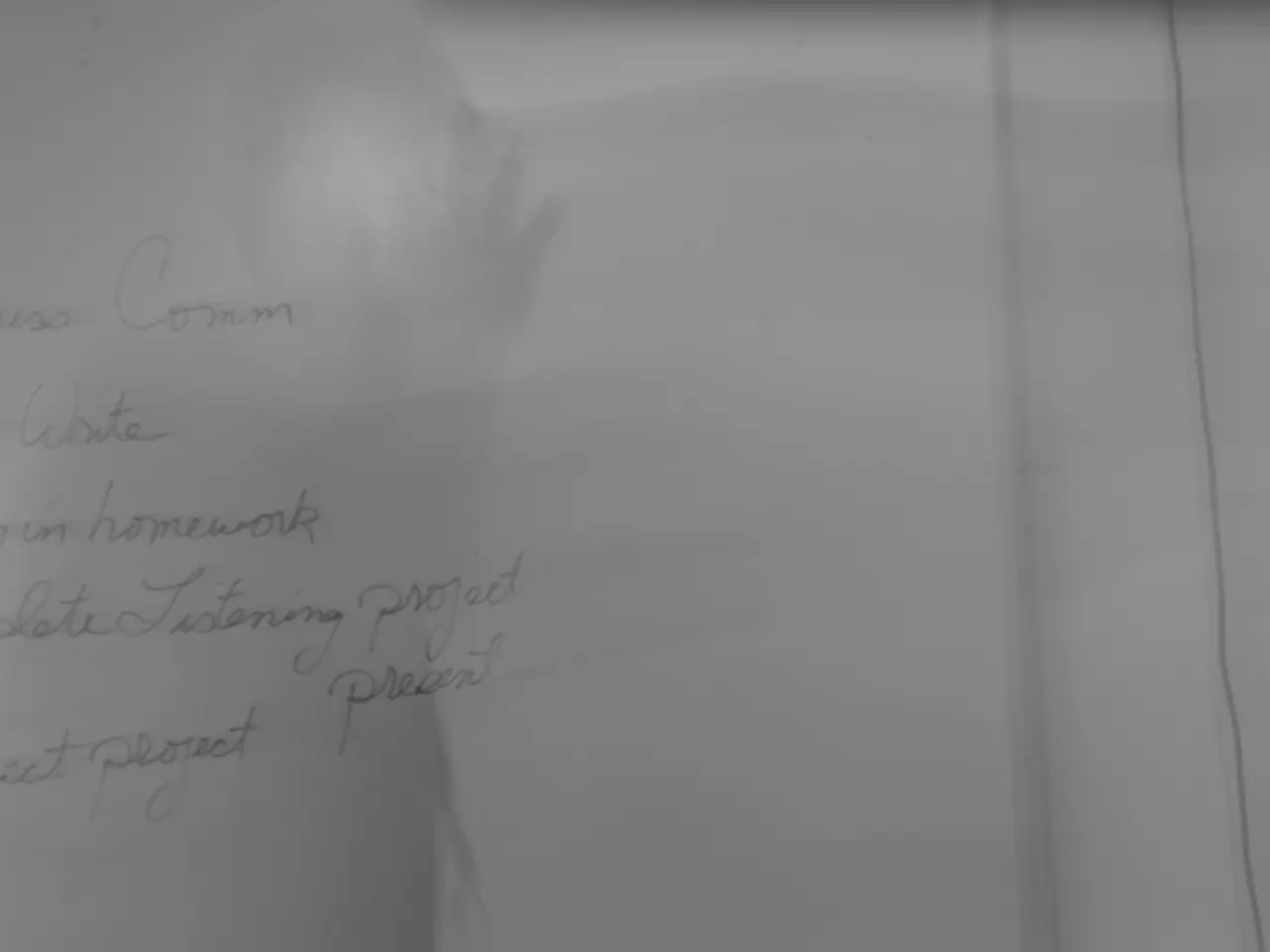Signs of Potential Structural Flaws in a Company Due to Overbearing Manager Availability
In today's fast-paced business world, it's crucial for companies to address the absence of employee autonomy and accountability, as constant reliance on leaders can hinder efficiency and growth. Here are some strategies to reduce this dependence and common structural weaknesses that companies often face.
## Strategies to Reduce Dependence on Leaders:
1. **Delegation and Empowerment**: Encourage senior leaders to delegate responsibilities effectively, allowing team members to make decisions and take actions without constant oversight.
2. **Clear Communication and Feedback**: Establish open channels for communication and regular feedback loops to ensure that all team members are informed and aligned with company goals.
3. **Mentorship and Training**: Implement mentorship programs and training sessions to enhance skills and confidence among employees, reducing the need for constant supervision.
4. **Autonomy and Accountability**: Foster a culture where employees are given autonomy to make decisions and are held accountable for their actions.
5. **Documented Processes**: Develop and document processes and procedures to ensure that tasks can be completed efficiently without relying heavily on individual leadership.
## Common Structural Weaknesses:
1. **Lack of Clear Roles and Responsibilities**: When roles are not clearly defined, employees may rely heavily on their boss for direction. 2. **Inadequate Training and Development**: If employees lack the necessary skills or training, they are more likely to depend on their boss for guidance. 3. **Poor Communication Channels**: Inadequate communication structures can lead to confusion and reliance on leadership for every decision. 4. **Micromanaging Culture**: A culture where every decision is controlled by the boss discourages independent action. 5. **Insufficient Delegation**: When leadership fails to delegate effectively, employees are not empowered to act independently. 6. **Centralized Decision-Making**: If all decisions flow through the boss, it creates a bottleneck and dependency. 7. **Lack of Accountability**: Without clear accountability, employees may wait for their boss to make decisions or take action. 8. **Ineffective Performance Metrics**: If performance metrics are not clearly set or aligned with company goals, employees may seek constant feedback from their boss to ensure they are meeting expectations.
By addressing these weaknesses and implementing strategies to empower employees, companies can reduce their reliance on leaders and foster a more autonomous and efficient work environment.
Michaela Goll, an expert in employee leadership and sales with over 20 years of practical experience, supports small and medium-sized enterprises in establishing clear leadership structures and efficient sales processes. Her approach is practical, effective, and measurable, aiming to relieve leaders, strengthen teams, and enable sustainable growth. For more information, visit Michaela Goll's website at [https://michaelagoll.de/](https://michaelagoll.de/).
Modern leadership involves establishing systems, developing people, and managing initiatives. By implementing these strategies, companies can break free from the constant availability loop, freeing up leaders for strategic thinking and growth.
An entrepreneur in finance might consider implementing a delegation and empowerment strategy, encouraging senior leaders to delegate responsibilities effectively and allowing team members to make decisions and take actions without constant oversight, as a means to reduce dependence on leaders in their business.
Michaela Goll, a seasoned expert in employee leadership, advocates for small and medium-sized enterprises to establish clear leadership structures and practicing mentorship and training to foster a culture of autonomy and accountability, which can contribute to efficiently managing initiatives in their respective businesses.



